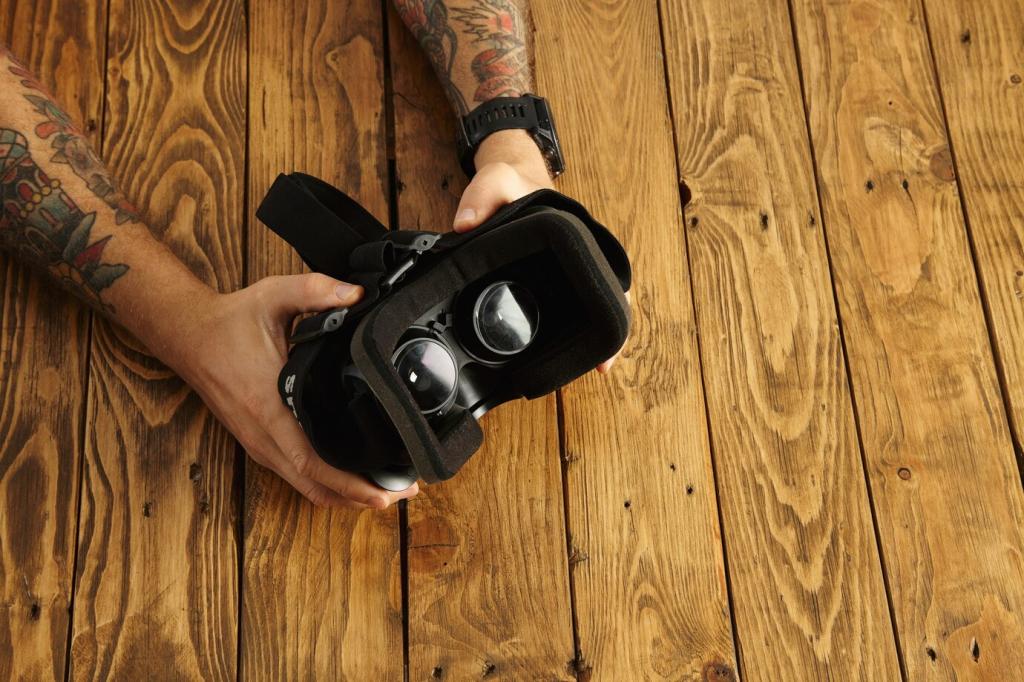Plan the Shot: Timing, Location, and Light
The Milky Way’s bright core is most visible from late spring to early autumn in the Northern Hemisphere, and opposite months down south. Use apps like PhotoPills or Stellarium to visualize rise times, azimuth, and elevation. Share your location in the comments and we’ll cheer your first visible core.
Plan the Shot: Timing, Location, and Light
Light pollution steals star detail and color. Consult Bortle maps and aim for Bortle 3 or darker if possible. A short drive can transform your results from gray mush to glittering structure. Post your nearest dark site, and we’ll help troubleshoot glow and gradients.
Plan the Shot: Timing, Location, and Light
Clear skies matter, but so does the moon phase. Target new moon or aim for the core hours when the moon is below the horizon. Clouds can drift fast at night; stay flexible, bring warmth, and plan backups. Tell us your forecast, and we’ll help time the shot.
Plan the Shot: Timing, Location, and Light
Lorem ipsum dolor sit amet, consectetur adipiscing elit. Ut elit tellus, luctus nec ullamcorper mattis, pulvinar dapibus leo.




